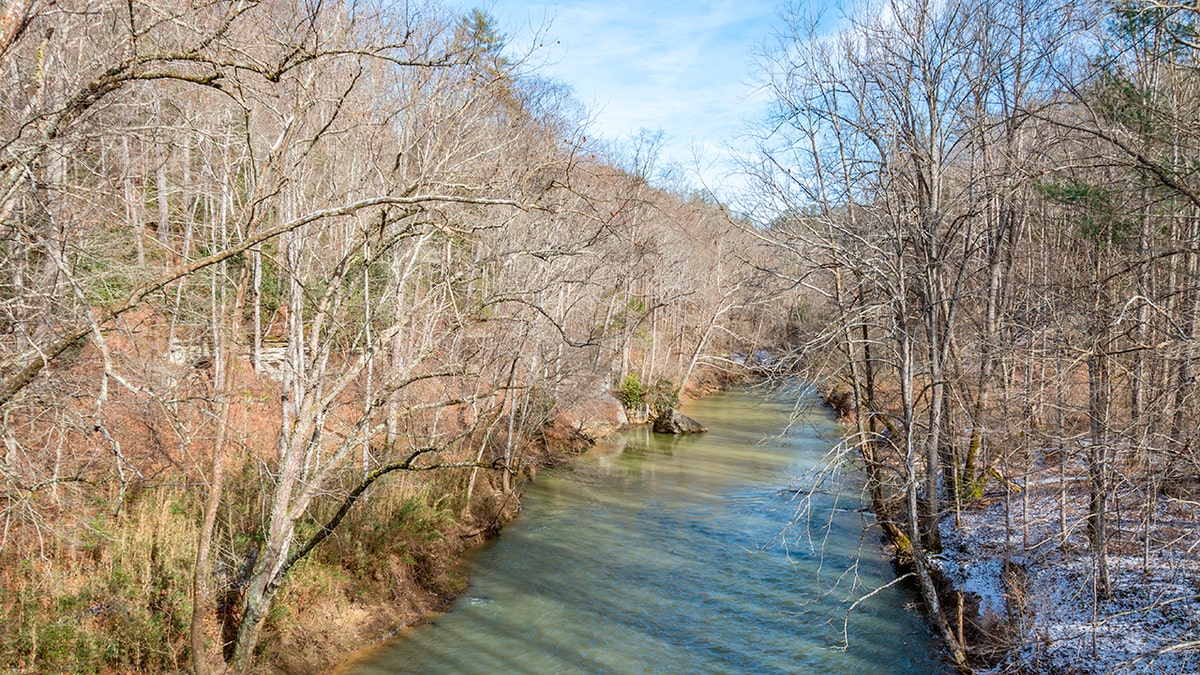Brain-eating amoeba found in Texas city water supply
Texas city declares disaster for water contamination.
A Nebraska child has died from a rare brain-eating amoeba.
The Nebraska Department of Health and Human Services didn’t identify the young victim, but said the death would be the first instance of a brain-eating amoeba killing someone in the state’s history, if the cause is confirmed. The child likely picked up the amoeba while swimming in the Elkhorn River, the department said. The child began experiencing symptoms five days after being exposed, and died on Wednesday, FOX 42 in Omaha reported.
"Naegleria fowleri is an amoeba that is commonly found in warm freshwater lakes, rivers, canals, and ponds throughout the United States," the department said in a news release. "It can cause primary amebic meningoencephalitis (PAM), a brain infection that may result when water containing the amoeba rushes up the nose and reaches the brain. The infection is extremely rare, but nearly always fatal."

Naegleria fowleri (commonly referred to as the "brain-eating amoeba" or "brain-eating amoeba"), is a free-living microscopic amoeba*, (single-celled living organism). It can cause a rare** and devastating infection of the brain called primary amebic meningoencephalitis (PAM). (Centers for Disease Control and Prevention (CDC))
FLORIDA TEEN REPORTEDLY CONTRACT ‘BRAIN-EATING AMOEBA’ AFTER SWIMMING’
Despite millions of people swimming in rivers, lakes and ponds, the chances of being exposed to Naegleria fowleri is exceedingly rare, Nebraska State Epidemiologist Dr. Matthew Donahue said. There are typically no more than eight cases identified every year, and they usually crop up later in the summer, when the water is warmer and moving slower.
Donahue said cases, historically, have been more common in southern states; however, they have been more common farther north in recent years.

The amoeba is most commonly found in rivers, lakes and ponds. (Jim Lane/Education Images/Universal Images Group via Getty Images)
Besides the rare instances of coming into contact with the amoeba, the Centers for Disease Control and Prevention doesn’t recommend states take the time to test untreated rivers and lakes, "because the amoeba is naturally occurring and there is no established relationship between detection or concentration of Naegleria fowleri and risk of infection," according to the news release.
CLICK HERE TO GET THE FOX NEWS APP
Brain-eating amoeba are rare in the U.S., according to the CDC. In the last 10 years, the CDC has recorded 31 infections. Though rare, the chances of survival after coming into contact with a brain-eating amoeba are slim. The fatality rate is 97 percent, according to the CDC, and just four of the 154 people known infections between 1962 and 2021 have survived.
Fox News Digital has reached out to Nebraska DHHS.


